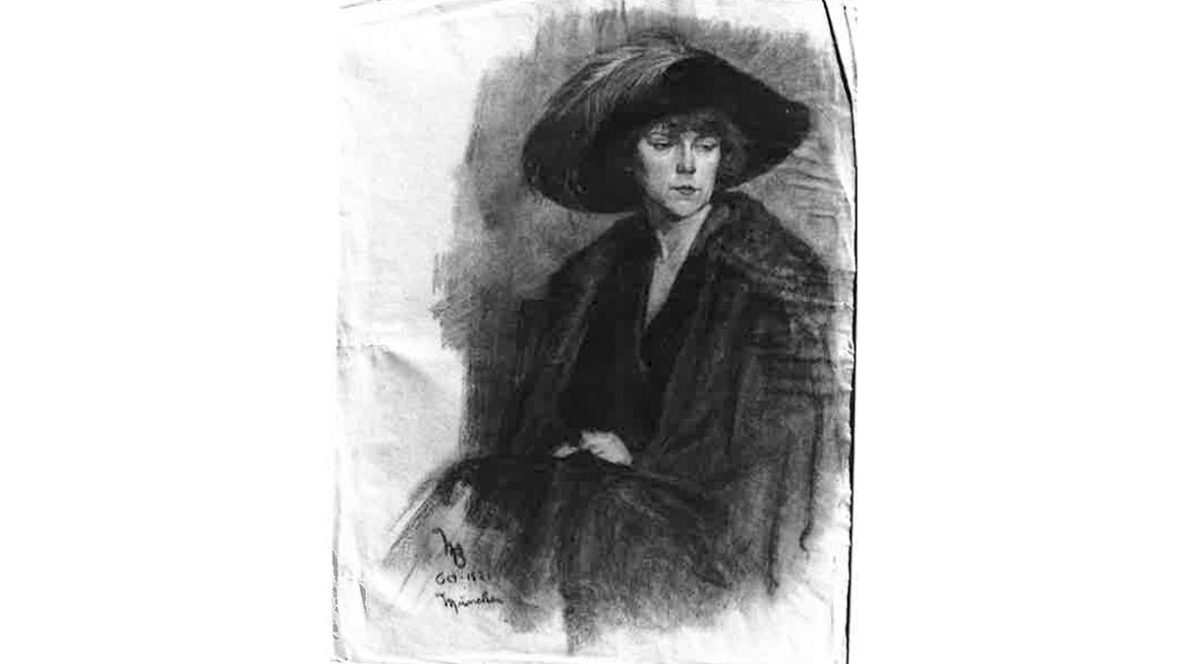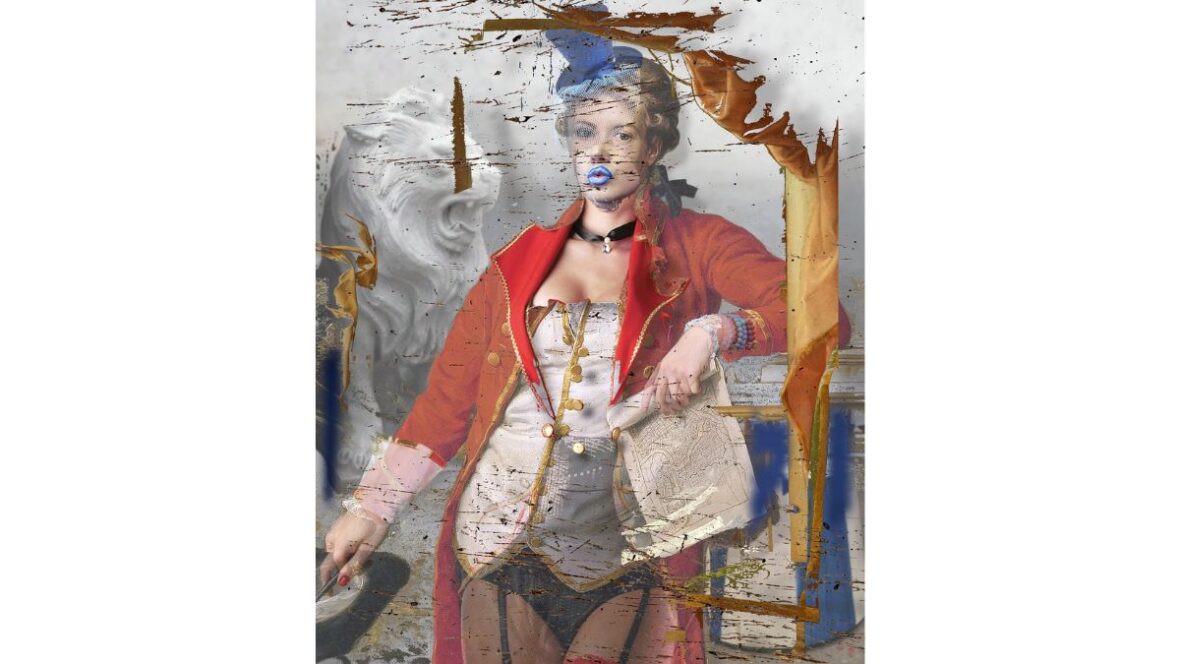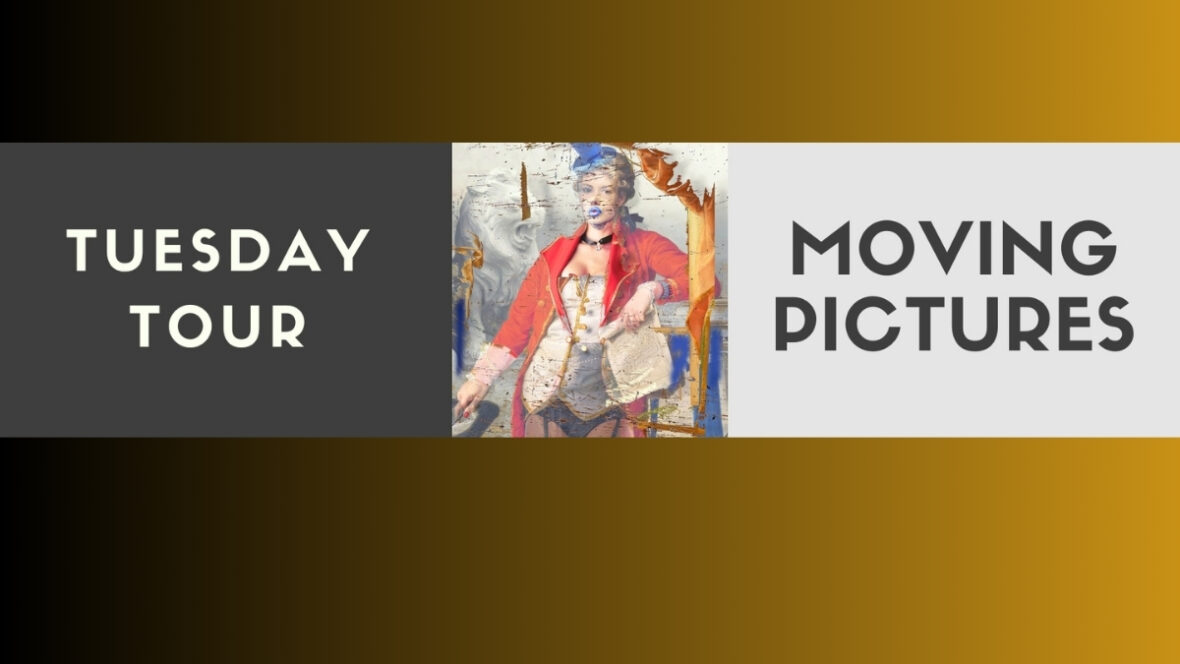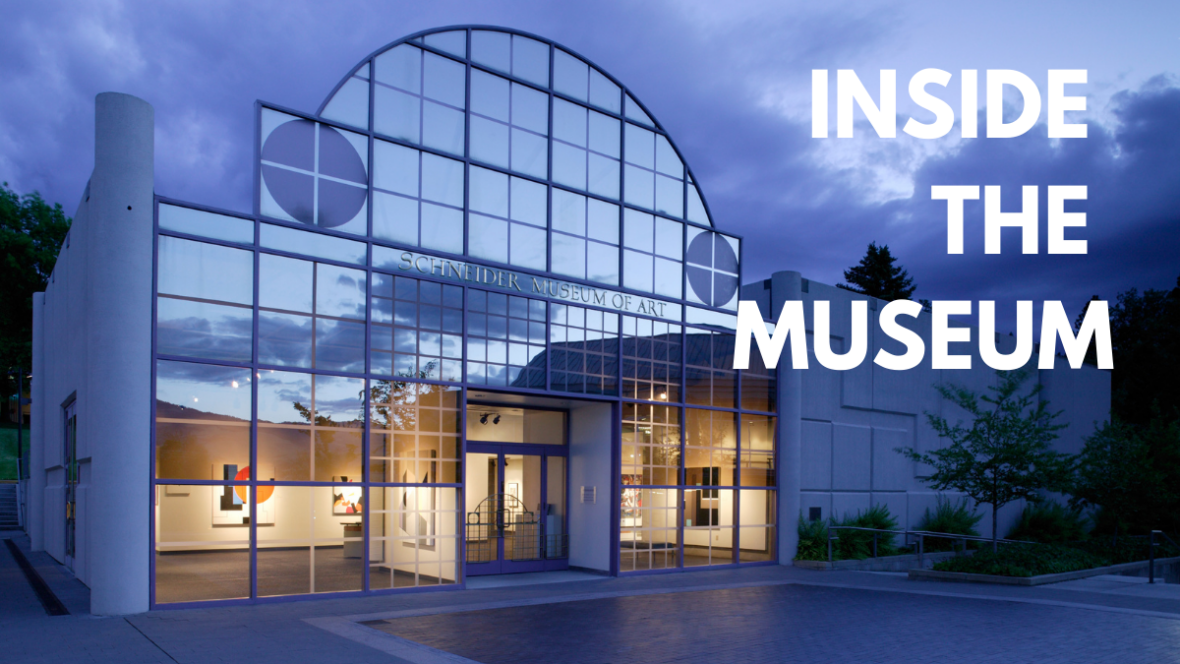Martin Baer:
Early Drawings and Works on Paper
Artist Bio
This exhibition featured drawings and works on paper focusing on Martin Baer’s early career in Munich, North Africa and Paris. Following is a short biography on Baer during this time period. In 1940 Martin returned to the United States and eventually settled in the San Francisco Bay area. During the years in San Francisco Martin no longer exhibited his work. Yet the work continued more intent perhaps than ever — and yet very few saw these later canvases. His reputation, from which he had placed himself at a certain distance, was still good with others. Martin Baer died on February 14, 1961 at the age of 67.
Martin Baer was born in Chicago, 1894. Showing an early talent for drawing he entered his father’s business of photo-engraving as a designer. However, he quickly developed an ambition, and a will of his own–he went off to Munich and Paris to study art.
The Munich period shows how intent he was as a student. He achieved an articulation that was sound, expert, and traditional. Then he went to Paris.
In Paris he met, and subsequently married, Mme. Janina Lizkowska, once director of the Galerie de la Jeune Peinture. In Paris he also found the release that was to set him off on a trip into North Africa where he went “native” almost to the degree of Gauguin in Tahiti. Martin and his brother, George, moved to Algeria where they lived for over a year and painted at the Laghouat Oasis on the edge of the Sahara. Friendship with a tribal chieftain enabled them to gain insight into the daily life of the Bedouins and to transfer characteristic scenes of the area to canvas.
It was this work that brought him to public notice in Paris during its exhibition at the Durand Ruel Gallery. It was the first show to make Parisians conscious of North Africa. His success carried over into the United States with exhibitions in New York and Chicago at the Art Institute. Encouraged by the success of these shows the brothers returned to North Africa–this time to Morocco and Southern Algeria. In 1928, they returned to Paris and had an exhibition at the avant-garde Galerie Jeune Peinture. It is at this time that he met and married Janina Lizkowska owner of the gallery.
From 1934 to 1936, Martin Baer and Janina Liszkowska lived on the Spanish island of Ibiza. Amid the simplicities of an elemental people he sloughed off every “ism”. His isolation led his idiom into an expression of profound dignity–a poetic mysticism. After eighteen months he was called back into the world of affairs by the death of his father.
Again, Paris viewed his work, this time at the Galerie Benzit. Again, it was claimed to be of indisputable merit. He found such patrons as Albert Sarraut, and Edouard Herriot, former premiers; and the Luxembourg Museum. In 1940 he returned to reside in the United States.
Exhibition Statement
From 1947 until his death on February 14, 1961, Martin Baer exhibited only one painting. But it is not the painting he exhibited at the California Palace of the Legion of Honor in 1960 that critics still talk about. The painting most still discussed is a late 1950’s untitled composition seen only by friends in his San Francisco studio. Unfortunately, now lost, it is described as “a one of a kind, predominately white” that Baer referred to as his vision of “World/ Nature.” Several months before his death he asked an interviewer: “What will you do with your memory of me and with my work?”
It is known from exhibition catalogues, review clippings and valued correspondence that during the early part of Baer’s career he was enormously successful. He himself once said: “I’ve had enough publicity to last anyone.”
Then thirty-six years after his death this “introductory” exhibition began to address both the early years and, in some ways, his final questions.
This exhibition/study was designed to contrast some of Baer’s earliest figure drawings (1921-23) and other works on paper done in Europe with a small number of his late period portraits and more abstract landscapes done in California (1955 – 56).
Several references and quotations may prove helpful in providing background concerning Martin Baer’s early years. His parents, both German born, were very supportive. Martin was the second of three children. His younger brother George was later to become an artist. Martin first attended the Audubon School. He studied the violin, giving his first recital at the age of eight. Love for music remained with him throughout his life. He also showed an early talent for drawing. By special dispensation, “I got to draw the nude models at Smith’s Art Academy at about fifteen. I was still in short pants.” Martin’s father, an engraver, hoping his sons would follow in his footsteps, set them up in a commercial art studio. The business was officially known as The Holbein Studios, but soon became better known as The Anarchist Studios.
Baer frequented the Dill Pickle Club where he met people like Sherwood Anderson and Carl Sandburg. But, the source of his inspiration was The School of the Art Institute of Chicago. Longing to be a painter, he departed in 1921 for Munich to begin his studies abroad. “We students had to build our own studios. The old ones had been taken over by the proletariat. I remember a dance orgy given by Isadora Duncan I pretended I knew all about it.”
After three years in Germany, it was on to Paris (his home base from 1924-40), with sojourns to Algeria, Morocco, the Balearic Islands and trips to the U.S. for gallery and museum exhibits. Among his friends in Ibiza was Esteban Vicente. They remained lifelong friends. In Paris, Baer made many sketches of Picasso. On the edge of the Sahara he lived with the Bedouins. About his travels, Martin wrote “I was always looking for somewhere where food and models were cheap.”
Baer’s New York, Chicago and Paris shows were always well received. After he returned to the U.S., he settled in Carmel, California. There too, he received much acclaim. He met Dali and other painters but, his true friends were the photographers Edward Weston and Johan Hagemeyer. Hagemeyer had already become disenchanted with the commercialism and “artsy” atmosphere of Carmel. Baer along with other artists moved to San Francisco in 1947.
San Francisco became a turning point for Baer. He made no effort to exhibit, but the years from 1948 to 1961 were filled with work and new experiences. Although his studio remained a private place, he made important contacts with many artists of the post WWII San Francisco Beat scene. Among his friends were Wally Hedrick, Jay DeFeo, Michael McClure, Philip Lamantia, Harry Jacobus and Robert Duncan.
Baer referred to his private studio period as his “desert years – an uncomplicated environment” that enabled him “to paint from within himself.” He underwent a profound change from romantic realism to impressionist – abstraction. His “Chinese New Year Series” paintings (1955) are now shown in “Geometric Abstraction” exhibits. The “Indian Woman Series” and the “Lake Almanor Series” are beginning to be shown again.
In Baer’s last “experimental studio” he concentrated on balancing his early rigorous classical training with his evolving personal vision.
In 1959, Baer became ill and was forced to stop working. Perhaps this small exhibit answered some of Martin’s last questions.
Curator
Robert E. Johnson
Artist
Martin Baer



